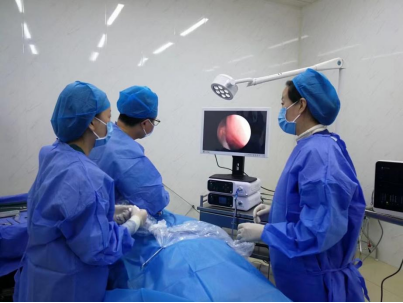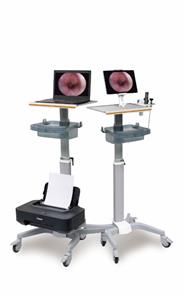Clinical effect of transauricular endoscopy in the treatment of refractory epistaxis
By analyzing and summarizing the therapeutic effects of 50 cases of refractory epistaxis treated by ear endoscopy, the common bleeding sites, bleeding characteristics and hemostasis strategies under ear endoscopy were discussed. The bleeding points of 50 patients with epistaxis were all found under endoscopy, including 13 cases (26.0%) at the posterior fornix of the lower nasal passage, 35 cases (70.0%) at the olfactory cleft area, and 2 cases (4.0%) at the anterior fornix of the lower nasal passage . Hemostasis was successful in all 50 patients, of which 48 patients underwent radiofrequency treatment to stop bleeding under ear endoscopy. 2 patients with bleeding in the olfactory cleft area were complicated with hypertension. After radiofrequency treatment, there was still a small amount of bleeding in the nasal cavity, and antihypertensive drugs were adjusted after consultation with the Department of Cardiology. , 1 day after the blood pressure stabilized, there was no further bleeding. All patients achieved ideal curative effects, and the cure rate was 100.0%. Refractory epistaxis is mostly arterial bleeding, if not handled properly, it will cause adverse consequences, even life-threatening; ear endoscope can be used to carefully find the bleeding site of intractable epistaxis in the nasal cavity, give precise positioning and effectively stop the bleeding.





